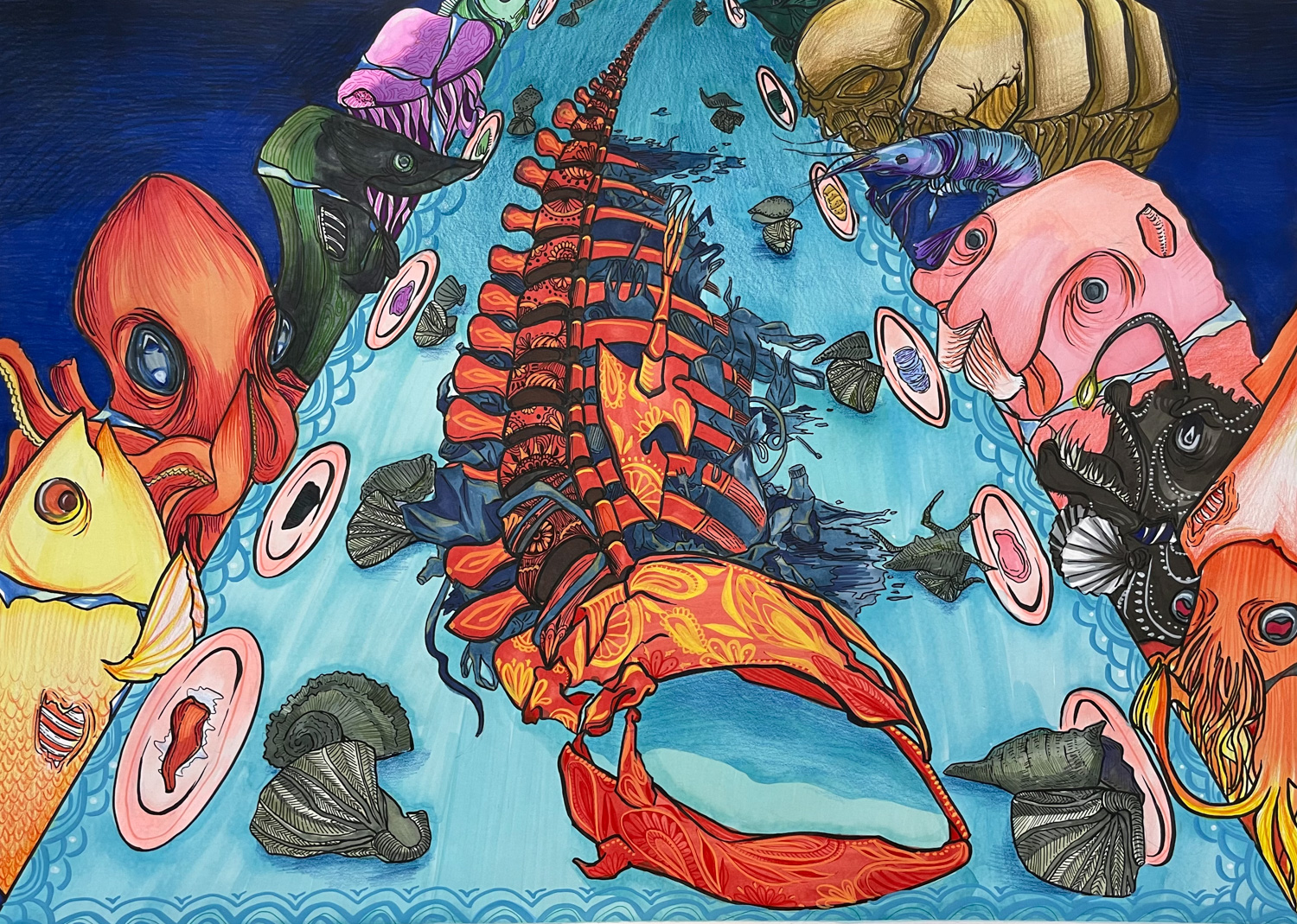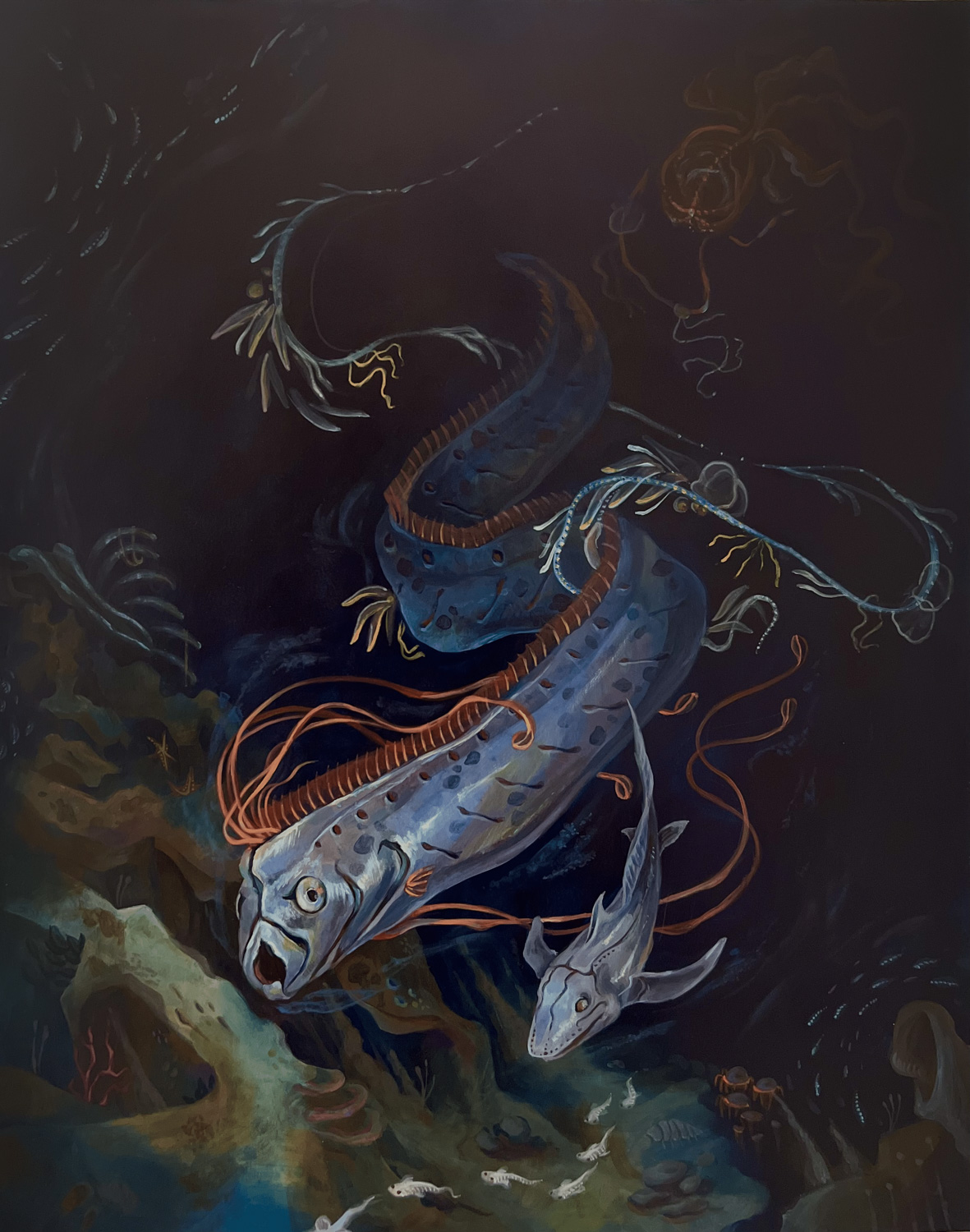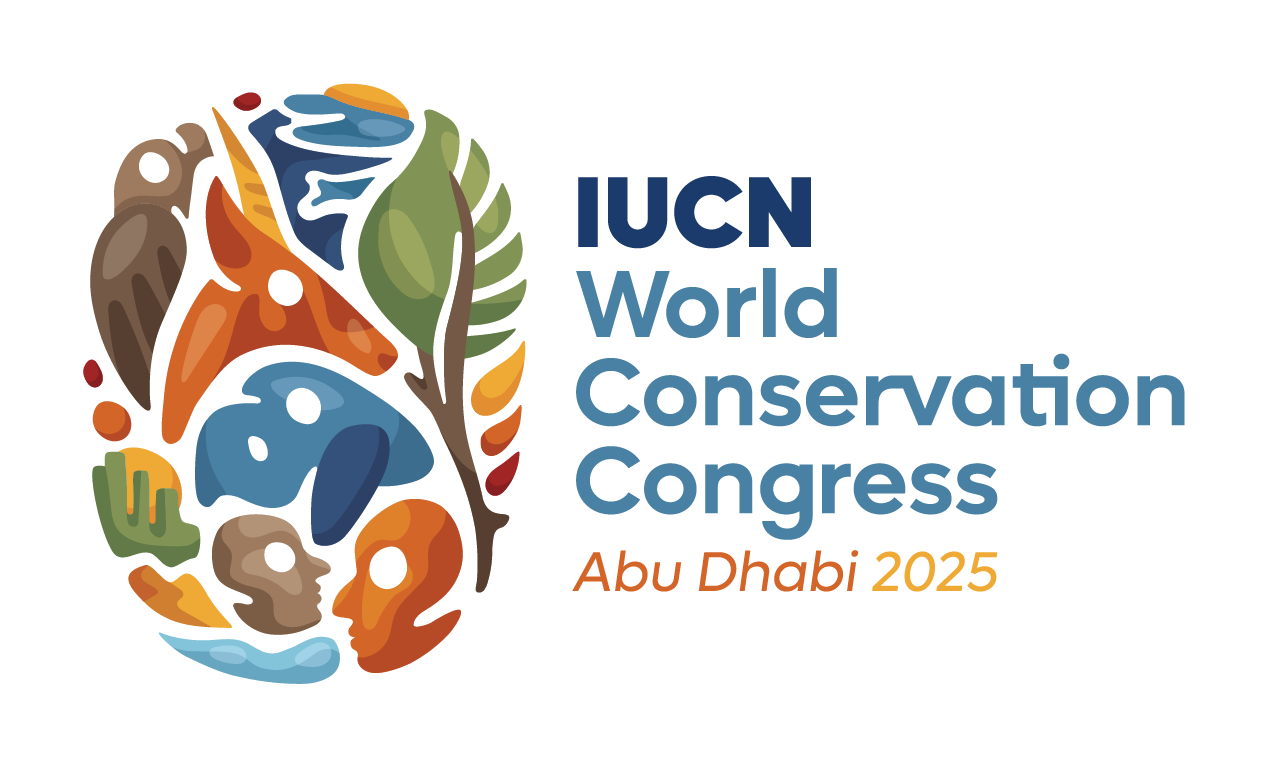Winners of the 2025 Science Without Borders® Challenge
The 2025 Science Without Borders® Challenge invited young artists from across the globe to create artwork highlighting species that play a critical role in maintaining the structure and health of ocean ecosystems with the theme, “Marine Keystone Species.” This theme encouraged students to illustrate the critical roles these species play in shaping and sustaining healthy ocean ecosystems.
We were amazed by the response—more than 1,300 entries from 75 countries poured in—each piece a unique interpretation of a marine keystone species, from sea otters and mangroves to corals and sharks. These species may not always be the most numerous or well-known, but they have an outsized impact on their environment. Their presence helps maintain biodiversity, balance food webs, and support ecosystem resilience. If a keystone species is removed, the entire ecosystem could shift dramatically or collapse. Through their art, students explored these complex ecological relationships and made a compelling case for ocean conservation.
These stunning artworks showcase diverse marine life, from foundational species at the base of the food web and grazers to apex predators and ecosystem engineers. Prepare to be inspired by their imaginative interpretations and powerful messages about protecting the species that keep our ocean in balance. We are proud to showcase the 2025 Challenge winners, whose art encourages us to appreciate the species that keep our oceans healthy and in balance.
Winners & Finalists Ages 11-14:
Third Place (15-19): "Praying" by Felicia Fang, Age 14, China
Artist's Statement: In the past days, whale fall provides a great amount of nutrition for the marine animals, making the ocean full of vigour. The decorations on the skeleton present the beauty of life. However, under the gorgeous skeleton, there’s tons of trashes and plastic objects, creating a strong contrast. As sea pollution is increasing, life is even more difficult for the deep sea animals due to the lack of foods. Only depending on a whale fall cannot support the survival of all deep sea creatures. Therefore, they decide to transfer the hope from depending on a whale fall to saving themselves on their own. The plastic tie around every creatures’ neck s them of this disaster, also reminding them to fight together. They share a part of their body to the others, praying for the end of this disaster, praying for the human being to leave a way out for them.
Winners & Finalists Ages 15-19:
First Place (15-19): "Worlds Emerging" by Eva Park, Age 17, United States of America
Artist's Statement: The deep sea holds a plethora of mysteries, many of which are haunting and horrifying. Yet, it sparks fascination with its endless opportunity for discovery. The oarfish emerging from the dark represents the discoveries we have already made, and the siphonophore looms as a reminder of the otherworldliness often found in deep sea creatures. The darkness that shrouds both suggest that there is still much to uncover however. The darkness is not an indicator of lifelessness but is pregnant with possibilities. This feeling of mystery but intrigue is further emphasized by the vast biodiversity hidden in the dark, such as the chimaera shark, atolla jellies, schools of lantern fish, hadal snailfish, and the whale remains glinting in the background. Finally, the single light source coming from the viewer's perspective shows the startle and wonder one might feel in discovering and witnessing such creatures swimming by in the dark depths.




